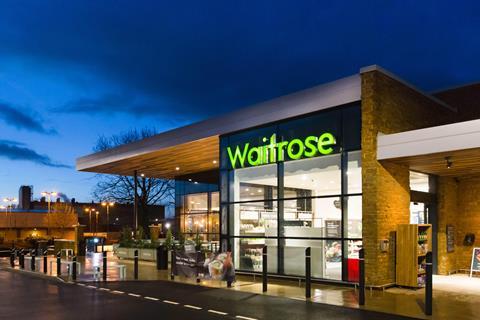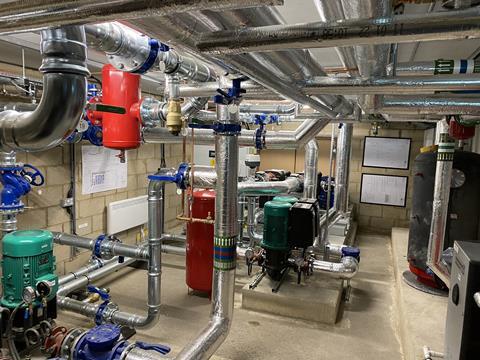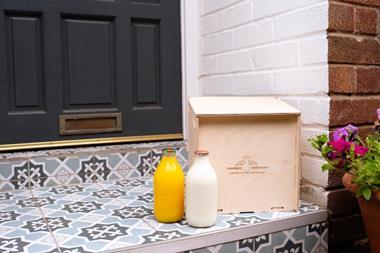
Waitrose has introduced heat pump technology in shops to mitigate the impact of rising energy prices.
The supermarket is accelerating the switch from fossil fuel heating to electric heat pumps in stores, part of its net zero strategy, in response to mounting energy costs.
In the first stage of the rollout, it is focusing on heat recovery solutions and thermal efficiency to help lower the general heating and cooling load of its buildings, according to energy & innovation operations manager Neil Coleman.
Waitrose said the plan was to eventually replace the existing heating systems in all stores before 2035 to maximise efficiency, but that it was speeding up the process as a way to reduce energy costs as well.
It currently has five heat pumps installed, and a further 10 planned for installation next year.
“No business is immune to rising energy costs – we’ve already set an ambitious plan to reduce our energy consumption and reach our goal of net zero emissions by 2035.
“With energy prices rising, we’re accelerating this.”

As part of the John Lewis Partnership’s commitment to achieve net zero carbon emissions for its direct operations by 2035, Waitrose is continuing to roll out its ‘Air Door’ technology throughout the estate.
This lessens hot and cold air infiltration into buldings, thereby reducing refrigeration, heating and cooling energy consumption.
The retailer is also phasing out HFC (hydrofluorocarbons) refrigerants, and instead switching to water-cooled systems and low GWP (global warming potential) refrigerants, as well as converting to LED lighting across all stores to reduce electricity consumption by up to 10%.
Other retailers have also been rolling out energy efficiency schemes to tackle the rise in costs. Last month, The Grocer revealed that the Co-op was cutting back on the use of lighting in stores as a way of reducing its energy bills.



















No comments yet